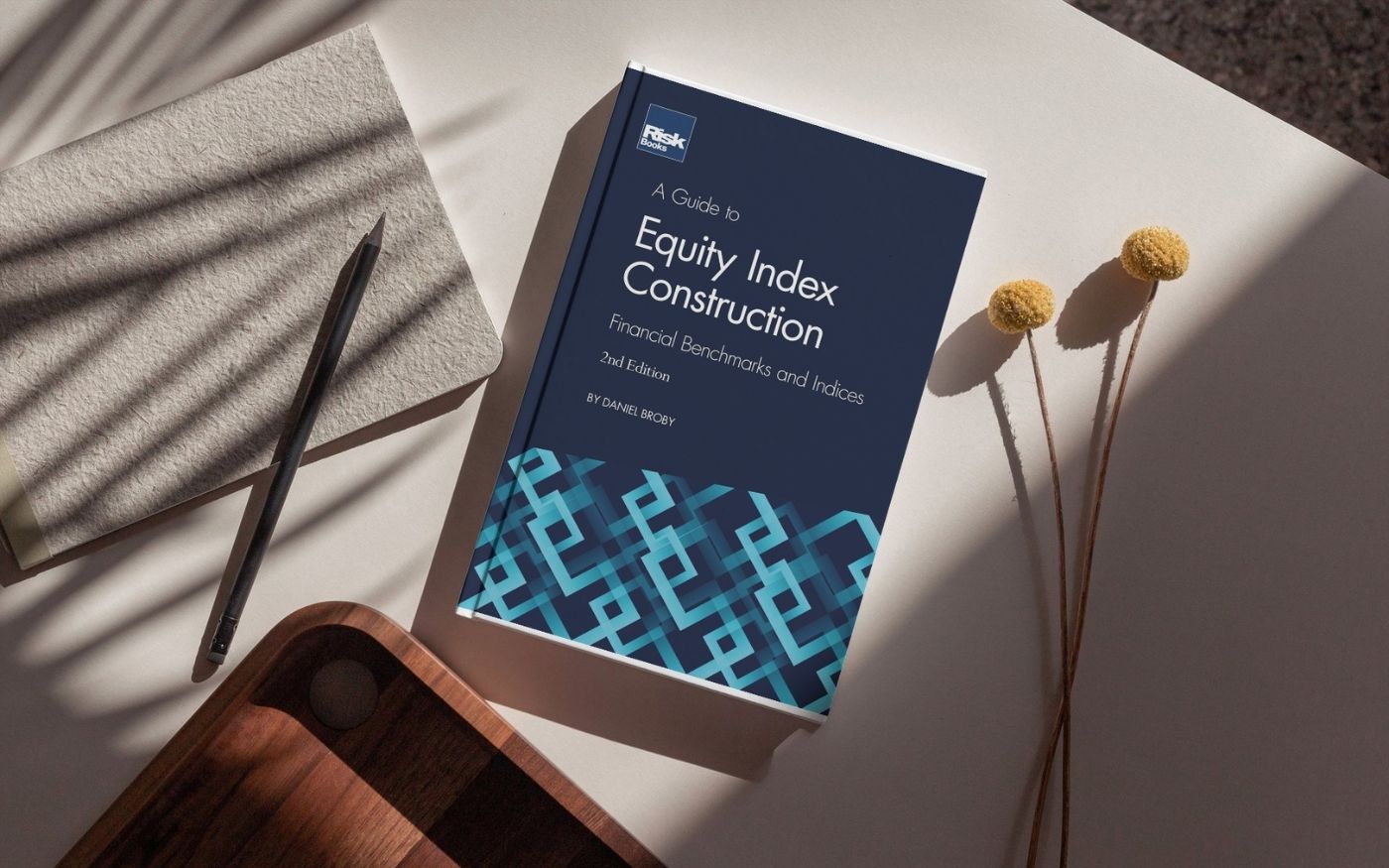Research by: John Francis T. Diaz, Michael N. Young, & Yogi Tri Prasetyo
EXECUTIVE SUMMARY
This study compares return and volatility performance of exchange-traded funds (ETFs) with high-ESG (Environment, Social, and Governance) rating vs. low-ESG rating. The paper also examines time-series data predictability by identifying their positive dependence and volatility asymmetry properties, and examines the performance of two combinations of short-memory models i.e., autoregressive moving average and exponential generalized autoregressive conditional heteroskedasticity (ARMA-EGARCH); autoregressive moving average and asymmetric power autoregressive conditional heteroskedasticity (ARMA-APARCH) and two long-memory models, autoregressive moving average and fractionally integrated exponential generalized autoregressive conditional heteroskedasticity (ARFIMA-FIGARCH); and autoregressive fractionally-integrated moving average and asymmetric power autoregressive conditional heteroskedasticity (ARFIMA-APARCH).
The findings reveal that low-ESG rating ETFs tend to offer slightly higher average returns and lower volatility compared to high-ESG rating ETFs. This result contrasts with the prevailing market perception that favors high-ESG rated companies. Both high-ESG and low-ESG ETFs exhibit evidence of asymmetric volatility, where negative shocks exert a more significant impact on returns and volatility than positive ones. This suggests that investors should consider the asymmetry in volatility when managing risk and constructing portfolios.
The study also highlights that low-ESG ETFs generally exhibit better stationarity and predictability in their returns. Long-memory models, such as ARFIMA-FIEGARCH and ARFIMA-FIAPARCH, demonstrated superior fitting and predictive capabilities, particularly in capturing volatility asymmetry. This supports previous research emphasizing the effectiveness of long-memory models in financial time-series analysis.
From a practical perspective, the research suggests that investors and fund managers should not dismiss low-ESG rated ETFs, as they may offer competitive returns with relatively lower volatility. While ESG-conscious investing is gaining momentum, this study indicates that high-ESG rating ETFs are not immune to negative market shocks, and therefore should not be viewed as safe havens during economic downturns.
The study acknowledges its limitations, including the lack of specificity in forecasting methodologies for time-series data. Future research could address this by exploring one-step and two-step ahead forecasts. Additionally, incorporating events such as the COVID-19 pandemic and the 2008 subprime mortgage crisis into the analysis could provide a deeper understanding of return and volatility characteristics during crises.
Moreover, the study suggests that future research could apply advanced methodologies within the FI family of models, such as Orthogonal GARCH (OGARCH) or Hyperbolic GARCH (HYGARCH), to explore other types of ETFs across different sectors or industries. Despite these limitations, the study provides valuable insights into the financial time-series properties of high-ESG and low-ESG rating ETFs, offering a foundation for further academic exploration and practical application in portfolio management.
This research contributes to the growing body of literature on ESG investing by challenging the assumption that high-ESG rated ETFs inherently provide superior risk-adjusted returns. It emphasizes the need for careful consideration of volatility asymmetry and the potential advantages of low-ESG rated ETFs in certain market conditions. The findings have implications for both investors seeking to optimize their portfolios and for researchers interested in advancing the study of financial time-series models.
To cite this article: Diaz, J. F. T., Young, M. N. & Prasetyo, Y. T. (2024). Return and volatility properties comparison of high-ESG Rating and low-ESG rating exchange-traded funds (ETFs). Financial Economics Letters, 3(2). 10.58567/fel03020005
To access this article: https://doi.org/10.58567/fel03020005
About the Journal
Financial Economics Letters (FEL) is a scholarly peer-reviewed journal invited submissions in all areas of financial economics, broadly defined. FEL’s emphasis is on theoretical developments and their implementation, empirical, applied, and policy-oriented research in financial economics.
Journal ranking
| Chartered Association of Business Schools Academic Journal Guide 2021 | Not ranked |
| Scimago Journal & Country Rank | Not ranked |
| Scopus | Not ranked |
| Australian Business Deans Council Journal List | Not ranked |
| Journal Citation Reports (Clarivate) | Not ranked |





